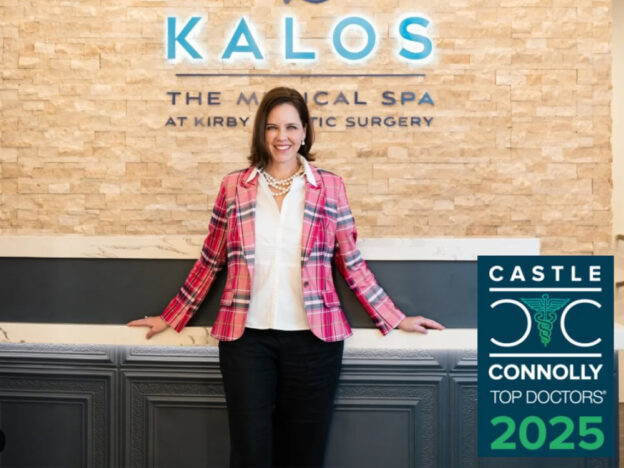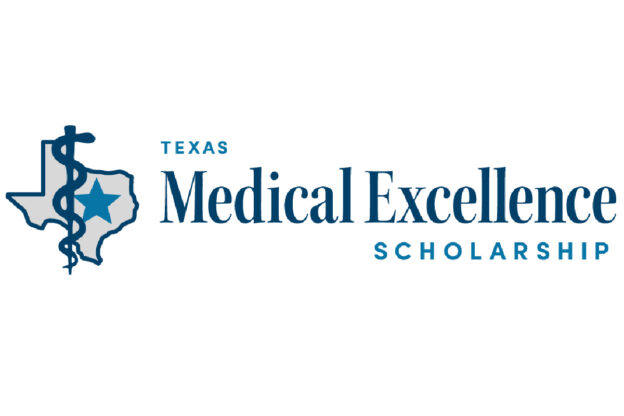Plastic Surgery Can Help Treat Birth Abnormalities in Children While Improving Self-Esteem, Says Dr. Emily J. Kirby
Ear abnormalities, craniofacial conditions, tumors, and lesions in children can be treated through plastic surgery procedures
Fort Worth, Texas, January 20, 2014—Plastic surgery often provides more than a cosmetic improvement for many people who undergo procedures. This is especially true in the case of a special group of plastic surgery patients: children.
Dr. Emily J. Kirby, board certified plastic surgeon and member of the American Association of Pediatric Plastic Surgeons, says that many birth abnormalities are treated and repaired through plastic surgery procedures.
“Restoring normal function and improving a child’s appearance can make a tremendous difference in self-esteem and self-confidence, as well as physical and social development,” says Dr. Kirby. “Some problems require a combined approach involving specialists in other disciplines, such as oral and maxillofacial surgeons or neurosurgeons.”
Here are a few of the common conditions treated through plastic surgery for children:
Ear Abnormalities—Certain defects such as lop ear, Stahl’s ear, cryptotia, constricted ear, or prominent ears may be treated early in a child’s life. Cartilage can be molded within the first six weeks after birth; often infant ear molding can prevent the need for surgery later in life. Repair of microtia or anotia (small or no ear formation) is typically treated when the child grows older for best results.
Ear reshaping surgery (also known as ear pinning or otoplasty) is a fairly common procedure to address prominent ears. Many children are helped by having this surgery before entering school to avoid embarrassment or ridicule, but ear pinning can also be performed on teenagers or adults.
Cleft Lip and Palate—Repairing a cleft lip or cleft palate improves a child’s ability to eat, drink, breathe, and even hear more normally. The two conditions can appear independently of one another, and the severity of each can vary greatly. In cases where both cleft lip and palate occur, the lip is repaired before the palate. Cleft lip repair is performed when a child is very young; more severe cases involving both lip and palate may be repaired in stages as a child grows.
Craniofacial Conditions—In addition to cleft palate or cleft lip, other craniofacial differences can be addressed through plastic surgery. Craniosynostosis (premature closing of spaces between the skull), plagiocephaly (abnormal head shape), and various jaw abnormalities can be treated surgically to improve a child’s appearance and to improve body function.
Tumors and Lesions—Some infants are born with non-cancerous tumors, including hemangiomas and vascular malformations. In the event that the tumor needs to be removed, lasers or surgical excision may be recommended. In addition to tumors, some pigmented lesions or moles may warrant removal. Some of these spots are more likely to develop into cancer. Physicians recommend checking any suspicious lesions, moles present at birth, and large (or enlarging) moles on children.
Breast Abnormalities—Occasionally a congenital anomaly causes breast asymmetry. A plastic surgeon may repair birth abnormalities to the chest or breasts by using implants, muscle, or soft tissue.
When considering plastic surgery for children, it is important to consider the appropriate timing for many of these procedures. For problems that are primarily cosmetic in nature, the potential for embarrassment increases as a child grows older and becomes more social. Critical issues that affect a child’s normal function should be addressed as recommended by the child’s medical team.
About Kirby Plastic Surgery: Dr. Emily J. Kirby is a board certified plastic surgeon specializing in aesthetic and reconstructive procedures; she is also a member of the American Association of Pediatric Plastic Surgeons. Contact her at (817) 292-4200 or kirbyplasticsurgery.com.
Media Contact: Randol Kirby, (817) 292-4200.


